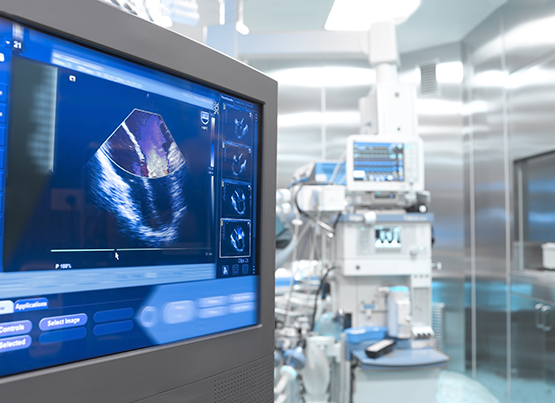
Echocardiography is the process in which ultrasound waves are used for creating the moving images of the human heart to access the condition of the heart. It is also known as an Echo, and is a painless non-invasive procedure.
It is usually done to access the working of the heart on how well it is pumping blood, how are the valves of the heart functioning or to find out if there are any blood clots in the heart. It is also carried out to find if any part of the heart muscle is damaged or weak at any point. This process is usually carried out if a person suffers from a heart attack or stroke.
Here are the various types of Echocardiography –
The human heart is a complex and fast-moving organ. This is the reason why if a patient has been diagnosed with a certain type of cardiovascular disease or other forms of heart conditions, a doctor needs to take a closer look without using invasive diagnostic techniques. Most of the time, an echocardiography is the solution.
On that note, there are several types of heart disease that can be diagnosed best by doctors using this method and they are as follows –
After a routine examination of a child, if the pediatric cardiologist finds any one of the following issues with the test results or generic symptoms of the child, then an echocardiography session may be needed–
If you would like to schedule a consultation with one of our highly qualified team at Pediatric Cardiology Specialists, please give us a call, or request an appointment online today!

